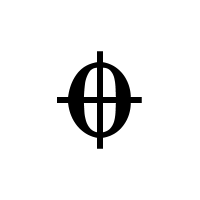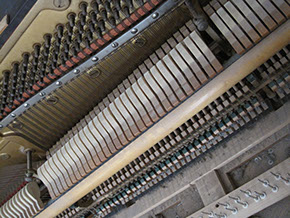There are many possibilities for reading this work. However, as James Porter reminds us, interactivity is one of the koinoi topoi of a framework for digital delivery:
Merely giving readers options is nothing special. (The old print newspaper does that. So does a shopping mall.) Like choices on a multiple-choice exam, such choices are highly constrained, predetermined by the producer. . . . The true revolution of the Internet lies at the right end of the interactivity spectrum—when users can critically engage what they read (e.g., by commenting on a published editorial posted on a blog) or further to the right, when they co-produce and become writers, when the distinction between audience and writer blurs. At this level, a site actively invites the audience to become a co-producer of content. (217–18)
And so this coda is not a conclusion but rather an invitation to readers/composers/writers to contribute to Techne. What might Techne 2.0 look like? We invite you to send a video for the YouTube channel. Or, more simply, we've created a wiki for Techne and invite your participation there. As the YouTube channel grows, as the wiki expands, Techne itself changes, for the "coda" will always be in the process of not-quite-completion.
Come in.


